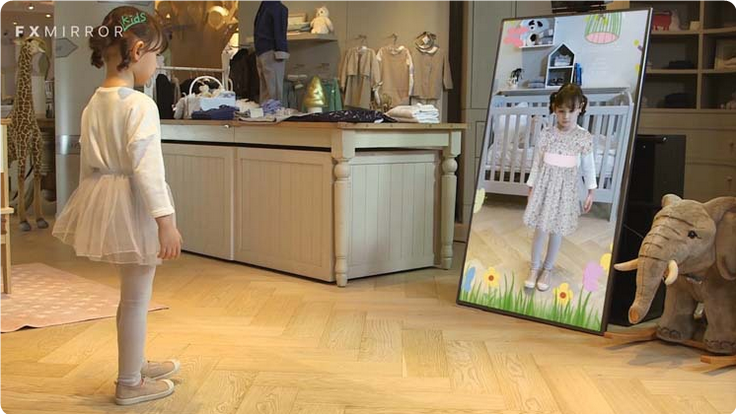China is the world's largest consumer and producer of clothing. Entering the mobile internet era, whether it is the traditional or emerging online clothing businesses, both are confronted with the trend of closing the stores.
China's clothing enterprises are facing fierce competitions. On one hand, China’s consumption market continues to upgrade, and consumers reveal increasing personal preferences and diversified demand towards clothing products; On the other hand, with the slowdown of global economy, the Chinese market, which used to be regarded as the major growing region for clothing, is now suffering from the influx of more overseas brands.

Chinese clothing enterprises are facing the following difficulties:
Clothing business entities face the huge impact of e-commerce businesses, influencing many entities to become online retailers for selling the stock products;
The operation cost of clothing businesses is increasing, and to improve efficiency and delicacy management becomes an urgency for many enterprises
Chinese local clothing enterprises generally tend to be homogenized, lack core competitiveness and run extensive management;
Millennial generation as the current major consumer group, has undergone entirely new changes in consumption patterns and needs, with personalized needs becoming increasingly evident.
As a representative industry of experiential consumption, the clothing industry’s key to make breakthrough is to provide the new generation of consumers with a richer mobile social marketing experience in the complicated environment with new marketing channels. In 2016, a number of leading clothing brands made attempts in marketing innovation and came up with a series of successful experiential marketing approach for users.
Brands combined with IP, to enhance the brand with stories, to create product needs with marketing scenes, such as the combination of Bestseller with Angry Birds;
Products+online celebrities/live show, to spread brand awareness with internet KOL and create fashion trend, such as the journey of Korean fashion looks of HSTYLE and online celebrities, to attract attention with same looks of online celebrities to bring huge traffic to online stores.

She-economy and he-economy: conduct precise marketing targeting at segmented groups, and create practical consumption scenarios, to achieve high brands, loyalty and high consumer value, such as cooperation of Li-Ning and Danskin to seize the women’s sports apparel market.
“Uniqlo" phenomenon: as many clothing entities closed, Uniqlo develops rapidly and expands, through optimizing consumer experience in physical stores and promoting online, achieving a brand new success.
O2O: In 2016, the O2O projects began to return to the basics and focus more on consumer experience. For instance, INMAN and slow life experience shop provide INMAN fans not only the clothes, but also the lifestyle of slow life, leading the new trend of slow life in the city and enriching the experience scenarios for fashion.
Entity store innovation: fitting mirror, "composite shop", VR ….the introduction of new digital technologies enable consumers to enjoy a richer experience in traditional stores, and thus improve the store entering rate to have more interaction and sales opportunities.

For the clothing brands which are making marketing innovation, Social Touch integrates a variety of digital marketing resources and provides brands more innovative mobile social marketing experience for users, to seize the market opportunities, achieve more sales conversion and win consumers’ love and loyalty of brands:
Help enterprises to integrate complicated online and offline channels, to achieve marketing innovation, optimise the user experience and enhance sales;
Identify high value users for enterprises, explore and design new customer marketing scenarios, plan and manage brand interactions with consumers, improve user value transformation, improve efficiency and refine operations, and reduce business costs.
Help enterprises to develop social business strategies, mine and shape the core competitiveness of the brand, combined with new marketing methods to expand brand awareness and reputation.
Help enterprises develop more comprehensive understanding and knowledge of consumers, to establish and manage the user loyalty operation system of personalized consumer groups, and enhance the user value.